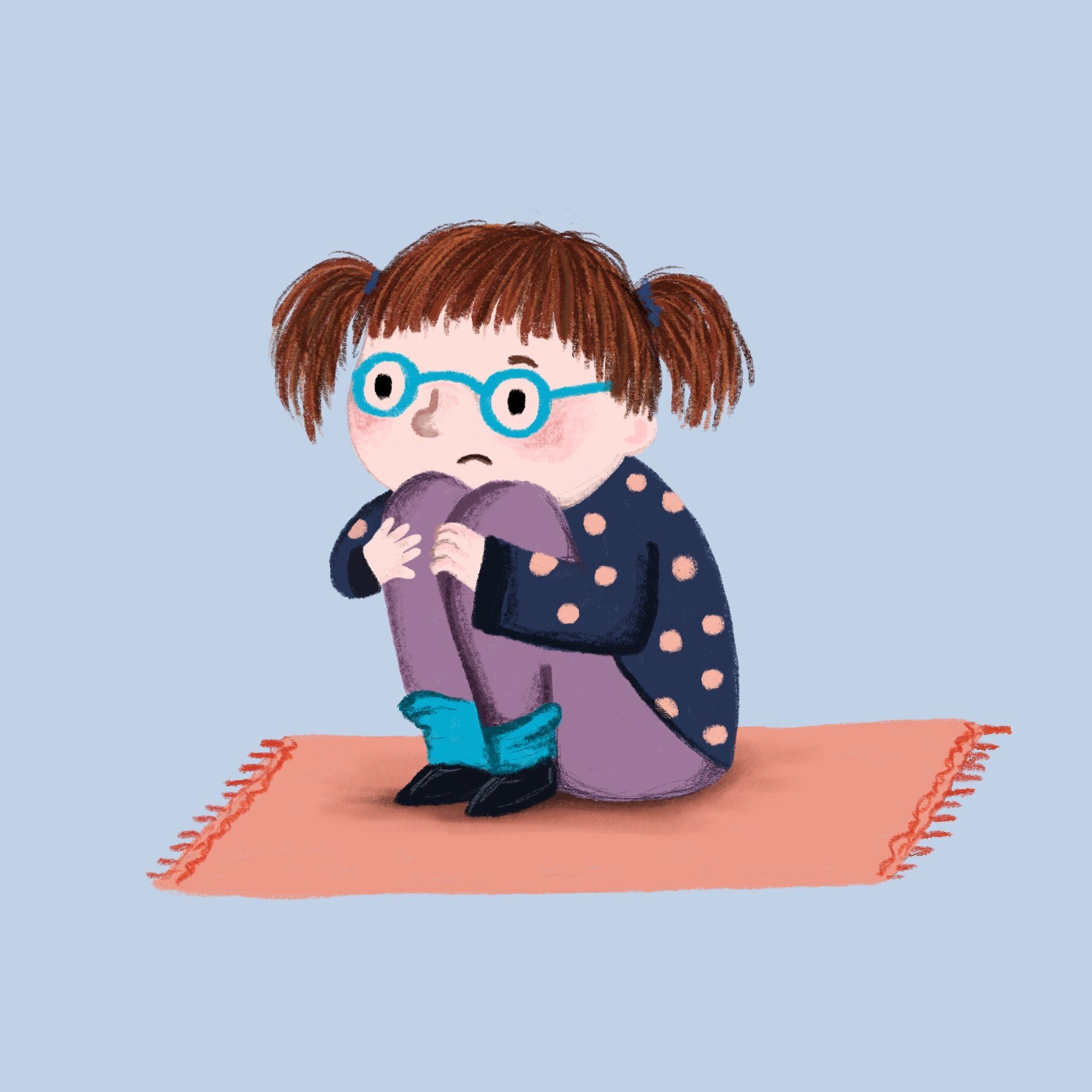Do you know a child who is feeling anxious about learning?
Anxiety can be a very real barrier to learning.
Understanding the cause and knowing how to manage it are key.
Anxiety is a feeling that affects us all and is transferred between humans and even to animals. Teaching children about anxiety - how to notice it and manage it - is a life skill and one many would benefit from right now.
When it comes to academic learning, anxiety can be a real barrier that often looks like something else, so we need to be curious about what is going on for that child, at that point in time. The first thing parents or teachers see is the emotional or physical behaviour which is based on the thoughts and feelings. The behaviour we see is based on a feeling, which is rooted in a need. Anxious behaviour is often a sign that a child is finding something hard. If we can find out what that is we can provide help that is specific and effective.
Heightened anxiety affects our brains, activating the amygdala, putting us in ‘fight/flight/freeze mode. This part of our primeval brain was key to our survival and it can be really useful - but not when we are trying to learn. When the amygdala is in overdrive it disconnects our higher brain functions and we simply can’t think straight. That’s not helpful. We need to be able to use our prefrontal cortex to work out what to do, in what order and we need our working memory to hold and juggle things. When we are anxious these can become blocked but there are things we can do.
So what can you do when you have a child who is anxious?
Reassuring children that anxiety is a normal emotion, experienced by everyone, is important. Being heard is an important first step. Brené Brown has a great video on the difference between sympathy and empathy here.
Learning the language of emotions will enable them to talk about how they are feeling. Saying how we feel is so important at whatever age we are. Why not download a page of feelings words and faces and put it on the fridge?
Anxiety about not being good enough may be a case of imposter syndrome or it may be because they really do find something difficult but can’t explain it. That’s why it is always worth exploring.
Understanding what they are worried about can be complicated and the temptation is to fix it, just like putting a plaster on a graze but that doesn’t get to the root. Digging deeper to find out where the problem lies, what skills may be weak or missing, means that help can be targeted and effective. The right help at the right time reduces anxiety, now and in the future.
Strategies to calm are very important too as they deactivate the amygdala and reconnect the thinking brain. What works will vary with the individual and from day to day. It may be a walk or time outside. When we walk our eyes move laterally, scanning from side to side and research has found that this can help suppress or deactivate the amygdala. To learn more about this here’s a link to a video by Dr Andrew Huberman.
For some people energetic activities such as dancing or bouncing on a trampoline is a help but for others slowing breathing works better. There are plenty of Apps to help and some I like are: ‘Calm’, Breathing App, ‘Breethe’ and Insight Timer. Essential oils can work like magic and there is plenty of research to support this so do contact me if you would like find out more.
The action plan when it comes to anxiety has 3 simple steps:
Acknowledge the feeling
Use strategies to calm
Provide effective support
It is worth mentioning that extreme anxiety often presents in girls who are masking a difficulty so it is worth investigating thoroughly.
If you know a child who is anxious and you think they may be struggling but you are not sure what to do, contact me for a free, no obligation discovery call and let’s talk.

